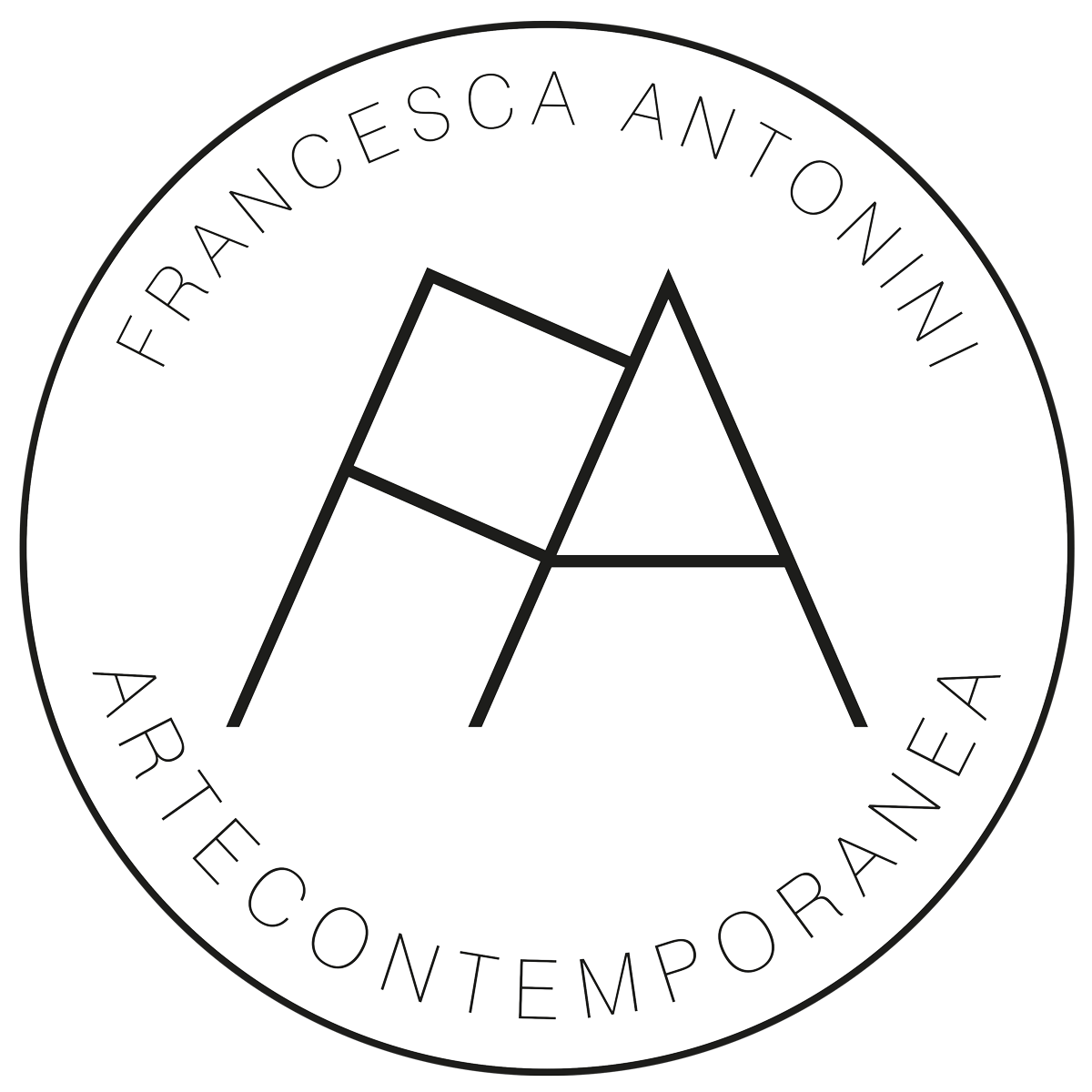simone cametti
monica carocci
Francesco casati
Rudy Cremonini
Alice Faloretti
Alessandra Giovannoni
Marta Naturale
Enrico Tealdi
Oxana Tregubova
come in un giardino
curated by federica terone
from may 23rd 2024
Francesca Antonini Arte Contemporanea is pleased to present Come in un giardino, a group show featuring nine artists reflecting on the anthropic relationship with the plant world.
As the title of the exhibition suggests, the artists involved were invited to explore a common theme, related to the aesthetics and symbolism of nature, from the comparison of which, many of them, have purposely created artworks.
Man has always lived in natural environments and only in more recent times has he detached himself from them, severing a long-lived and ancestral bond. What binds him to plants is that they have been his first home. Starting from a careful reflection on nature, whose role, in contemporary society, is increasingly marginal, the exhibition aims to generate new visions about the intricate relationships that have been established over time between it and humans, to arrive at a reconciliation of the parts. The works on display explore, with different artistic languages and sensibilities, the natural world not only as an aesthetic subject, but also consider it as a starting point for a critical reflection on our relationship with our surrounding environment.
At its core, the exhibition offers the visitor a reflective experience. It is meant to be an invitation to rethink man's relationship with "green", to grasp the potential it has to offer. Plants, in fact, are an unexplored mine of possibilities and innovation for humans: with their complexity they propose innovative models for social relations and organizational models, to take inspiration from.
A common thread emerges that unites the work of the artists; a special focus on the plant world, represented as the main subject, as in the case of Alice Faloretti, Enrico Tealdi and Oxana Tregubova, or inserted in urban or domestic architectural contexts, as happens in the works of Rudy Cremonini and Marta Naturale. We are transported to an imagined and fantastic nature that can instill fear - Faloretti - or immerse us in an atmosphere reminiscent of the shepherds of Arcadia - Tealdi. Sometimes we are faced with a protected nature - in the works of Cremonini and Naturale - on a human scale: one that dictates and manipulates its forms or projects its own cosmogonies onto it. If some, like Monica Carocci, have observed nature through the lens of their own camera, for others, in the cases of Simone Cametti and Alessandra Giovannoni, the dialogue with nature, for the former more wild and for the latter urban and familiar, passes through the direct contact that the artist's body makes within it. For Francesco Casati, on the other hand, small natural elements, often inserted in improbable compositions of men and animals, are one of the ironic tools used to make people reflect.

